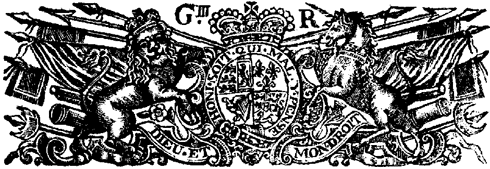

The First Foot Guards
We are a Revolutionary War
reenactment group based in Boston MA,
accurately portraying the royal household regiment that is now known as
The Grenadier Guards
The soldiers' weapons
Bayonet
Brown Bess musket
Cartridges
Swords
The obsolete grenade
Click
Many believe that the British Army failed to quell the American Revolution because it did not adapt to conditions in America. According to myth, the Redcoats fought in spotless uniforms and closely-packed, linear formations. Such behavior made them easy targets for rebel militia and riflemen, who fired only from behind cover.
In reality, the British Army learned some hard lessons about campaigning in North America during the French and Indian War, 1754-1763. Many British commanders had their soldiers simplify their headgear, crop their hair, and adopt more practical uniforms. Such was the case with the First Foot Guards. Although their uniforms for service in Britain did not change, adaptations were made for American service in 1776. They also organized picked Redcoats into light infantry units to fight in open order, while the Battalion companies marched and fought in serried ranks.
Lieutenant Colonel William Howe commanded the light infantry battalion that helped capture Quebec in 1759, and he lobbied afterwards to turn his tactical arm into a permanent part of the British Army. By 1772, every British line infantry regiment had been authorized to create its own Light Infantry Company. As major general, Howe delineated a drill system to teach these companies to function as skirmishers. During the American Revolution, light companies were detached from their parent regiments and massed together in elite battalions. This was true with the composite Guards division in 1776 - combined Light Infantry and combined Grenadier sections were deployed to great effect.
As commander of the main British army in North America from 1775 to 1778, Howe relied heavily on his light infantry. In the autumn of 1777 the 2nd Battalion of Light Infantry distinguished itself in Howe's operations against the capital at Philadelphia. The battalion contained the light companies of the 37th, 40th, 43rd, 45th, 46th, 49th, 52nd, 54th, 55th, 57th, 63rd, 64th, and 71st Regiments of Foot. The battalion's personnel eschewed their regulation leather caps, ornate regimental coats, breeches, stockings, and spatterdashes to campaign in broad-brimmed hats, plain red jackets, and gaitered trousers.
On the night of
20-21 September 1777, the 2nd Light Infantry screened the advance of the 1,400
Redcoats who crept up on two brigades of Pennsylvania Continentals encamped
near Paoli Tavern. Their commander General Grey had the soldiers remove their
flints so that they could not fire. When the British attacked without firing
a shot, the nervous Pennsylvanians disclosed their positions by firing blindly
into the darkness. Trusting to their unerring bayonets, the cheering Lights
killed or wounded up to 250 rebels and stampeded the rest, proving that British
soldiers could practice stealth and surprise every bit as well as their opponents.
This tactic, which was so far from the perceived idea of Redcoats marching forward
in tightly-organized ranks, was dubbed by the rebels "The Paoli Massacre".
They were early victims of the impression that Redcoat tactics were inflexible.
Go to main page
'Companies of the regiment'
Click